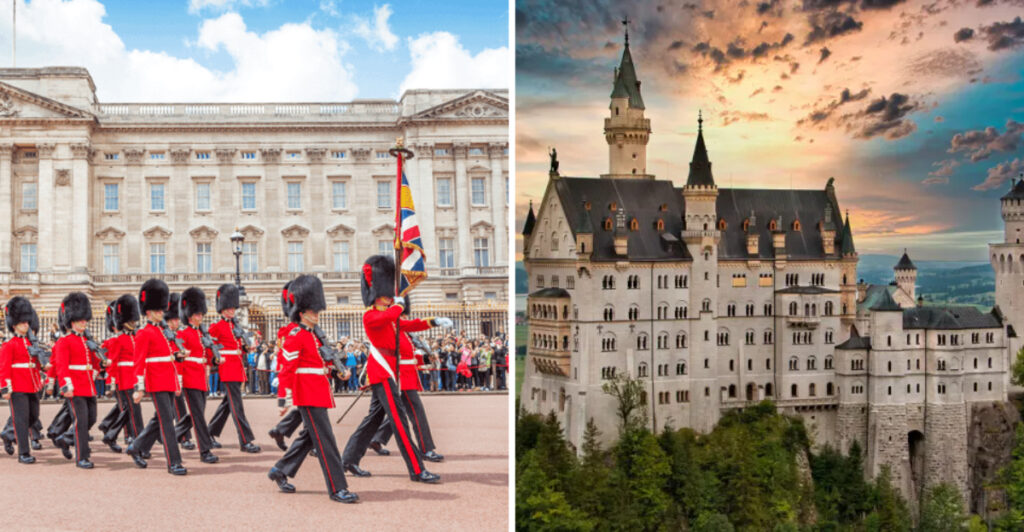Embark on an enchanting journey through these 17 stunning palaces, each with its unique charm and historical significance. From the opulent halls of Europe to the exotic courts of Asia, these architectural marvels are at risk of closure or transformation. Discover their captivating stories and why they must be on your travel list before they change forever. Each palace is a testament to the grandeur of a bygone era, offering a glimpse into the lives of royalty and the artistry of master craftsmen. Explore these timeless treasures and ensure they remain unforgettable in your travel memories.
1. The Winter Palace
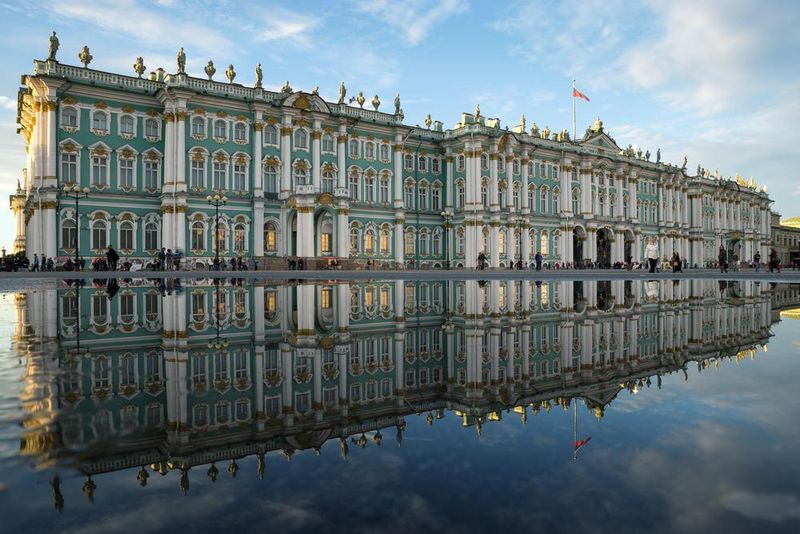
Nestled along the Neva River, the Winter Palace stands as a symbol of imperial Russia. Constructed in the Baroque style, its vivid green and white facades tell tales of opulence. Home to the Hermitage Museum, it houses one of the world’s largest art collections. Visitors marvel at its grand halls and exquisite art. The palace’s history is rich, marked by revolutions and royal dramas. Despite its storied past, renovations threaten to alter its historic visage. A must-see for art and history enthusiasts, its doors may one day close to the public.
2. Palace of Versailles
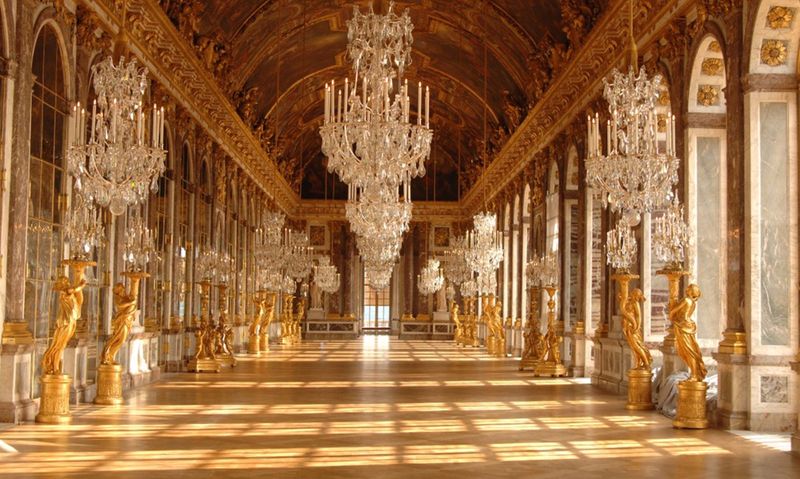
With gardens that seem endless, the Palace of Versailles is a masterpiece of French Baroque architecture. Once the seat of power, its elaborate rooms, including the Hall of Mirrors, echo with tales of kings and diplomacy. The gardens, designed by André Le Nôtre, are as celebrated as the palace itself. While visitors roam its vast grounds, concerns over preservation are growing. The weight of millions of tourists is taking its toll. Yet, its charm endures, making it a top destination for those seeking art, history, and nature.
3. Topkapi Palace
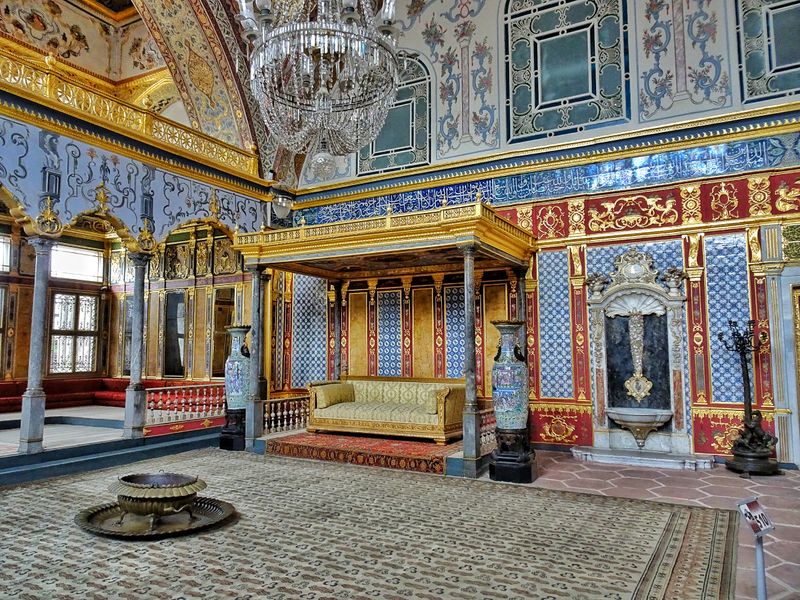
Perched on a hill overlooking the Bosporus, Topkapi Palace is a symbol of the Ottoman Empire’s power. Its courtyards and pavilions are filled with treasures from across its vast realm. Visitors can explore the harem, treasury, and relics of the Prophet Muhammad. However, the palace faces threats from urban development and increasing tourism. Its intricate tilework and storied walls offer a glimpse into a world of sultans and intrigue. Topkapi is a must-visit for anyone interested in Ottoman history and culture.
4. Potala Palace
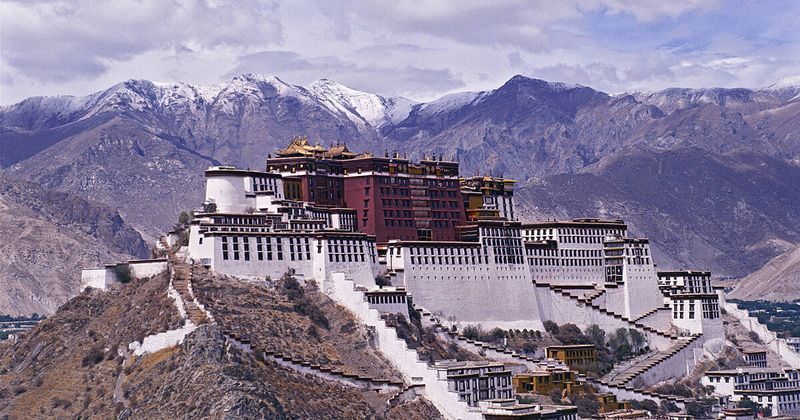
Towering above the city of Lhasa, the Potala Palace is an architectural wonder. This iconic structure, with its white and red walls, is both a spiritual and political symbol of Tibet. Its halls and chapels are adorned with intricate murals and sacred relics. However, political tensions and environmental factors pose risks to its preservation. As a UNESCO World Heritage site, it draws pilgrims and tourists alike. Visiting the Potala Palace offers a deep dive into Tibetan culture and spirituality, making it an unforgettable experience.
5. Buckingham Palace
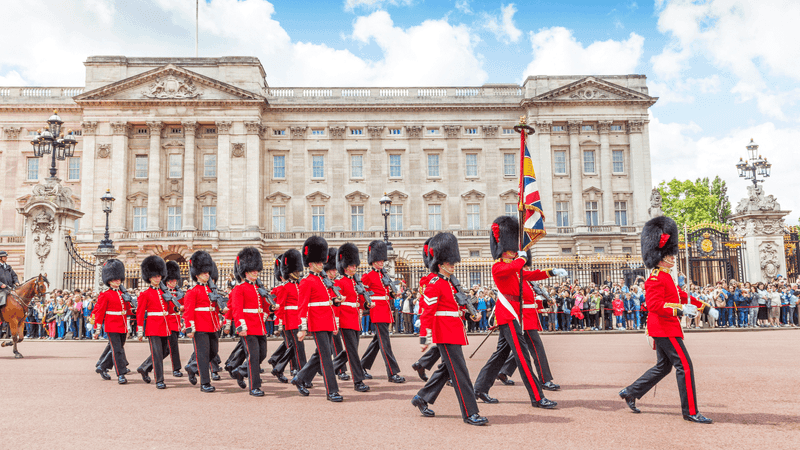
The official residence of the monarch, Buckingham Palace is both a working palace and a visitor attraction. Its stately rooms have witnessed countless state occasions and ceremonies. The Changing of the Guard remains a quintessential British spectacle. However, the palace is undergoing extensive renovations, which may limit public access. Its grandeur and history continue to fascinate visitors from around the world. As a symbol of the British monarchy, Buckingham Palace is an essential stop for those exploring London’s royal heritage.
6. Forbidden City
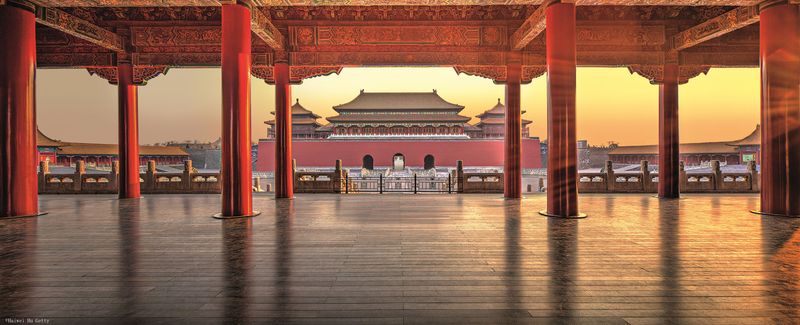
In the heart of Beijing lies the Forbidden City, an epitome of ancient Chinese architecture. Once the imperial palace, its vast courtyards and pavilions speak of an era where emperors ruled. Visitors are entranced by the intricate designs and historical artifacts. However, pollution and mass tourism pose challenges to its preservation. As a UNESCO World Heritage site, it attracts millions eager to explore China’s rich history. The Forbidden City offers a window into a world of emperors and dynasties, making it a must-visit landmark.
7. Alhambra
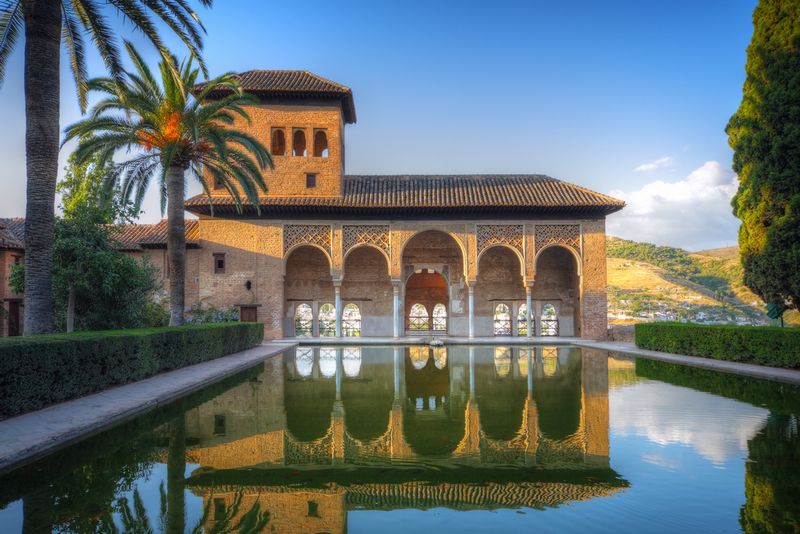
Perched on the hills of Granada, the Alhambra is a stunning example of Moorish architecture. Its intricate carvings and serene gardens captivate visitors from around the globe. The palace complex, once a fortress, is rich with history and art. Yet, the impact of tourism and environmental factors threaten its delicate beauty. UNESCO recognizes its importance, drawing those eager to immerse in Andalusian culture. Visiting the Alhambra is like stepping back in time, where each corner reveals a story of splendor and cultural fusion.
8. Schönbrunn Palace
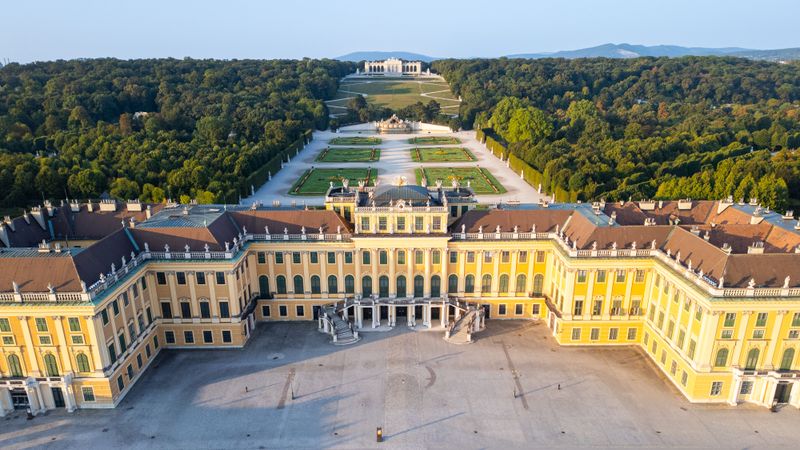
Vienna’s Schönbrunn Palace stands as a legacy of Habsburg opulence. This former summer residence is renowned for its rococo interiors and expansive gardens. Visitors wander through its grand rooms and explore the zoo within its grounds. However, the palace faces the challenge of balancing preservation with public interest. Its storied halls offer a glimpse into imperial life, while the gardens provide a tranquil escape. Schönbrunn Palace remains a favorite for history buffs and those seeking a taste of Austrian grandeur.
9. Neuschwanstein Castle

Perched above the Bavarian Alps, Neuschwanstein Castle is a dreamlike vision. Commissioned by King Ludwig II, its fairy-tale architecture has inspired countless stories. Visitors are enchanted by its turrets and interior rich with murals. Yet, its popularity and environmental pressures threaten its preservation. The castle’s romantic allure makes it a favorite backdrop for photographers and dreamers. Stepping into Neuschwanstein is like entering a world of fantasy, where the past and legends intertwine seamlessly.
10. Hawa Mahal

Hawa Mahal, or the ‘Palace of Winds,’ stands in the vibrant city of Jaipur. This pink sandstone marvel is famed for its unique facade, with over 900 windows allowing royal ladies to observe street life. The palace is a blend of Rajput and Mughal architecture, echoing Rajasthan’s rich history. However, urbanization and environmental factors pose threats to its structure. Visitors are drawn to its intricate lattice work and historical significance. A visit to Hawa Mahal offers a glimpse into the opulent lives of Jaipur’s royalty.
11. Catherine Palace
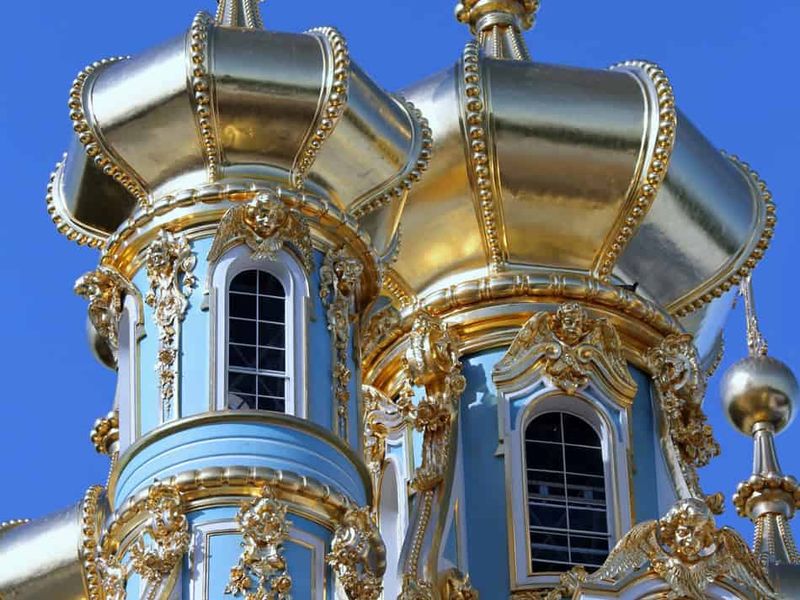
Located in Pushkin, Russia, Catherine Palace is a striking example of rococo architecture. Its blue and white exterior dazzles, while the interior is famed for the Amber Room and opulent halls. Visitors marvel at its grandeur and the stories of Russian royalty. However, restoration efforts and visitor pressure pose challenges to its upkeep. The palace is an essential stop for those interested in Russian history and art. With its lush gardens and ornate decor, Catherine Palace remains a symbol of imperial extravagance.
12. Pena Palace

High above the hills of Sintra, Pena Palace is a whimsical blend of architectural styles. Its vivid colors and romantic design make it a standout. Visitors explore its lavish rooms and enjoy panoramic views of the surrounding landscape. Yet, its popularity puts pressure on the site, necessitating careful preservation efforts. The palace is a favorite for photographers and history enthusiasts alike. Pena Palace offers a fairy-tale experience, capturing the imagination with its unique charm and breathtaking vistas.
13. Château de Chambord
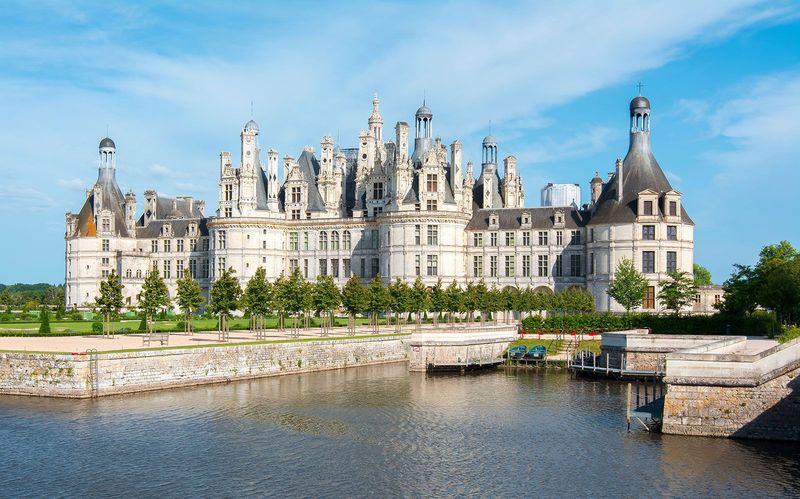
In the heart of the Loire Valley, Château de Chambord is a masterpiece of French Renaissance architecture. Its distinctive towers and double-helix staircase are architectural marvels. Visitors are drawn to its grand scale and intricate design. However, the challenge of maintaining such a large estate is ever-present. The château’s history is linked to that of French kings and the opulence of the Renaissance. A visit here is a journey into France’s regal past, offering insights into architectural innovation and luxury.
14. Mysore Palace
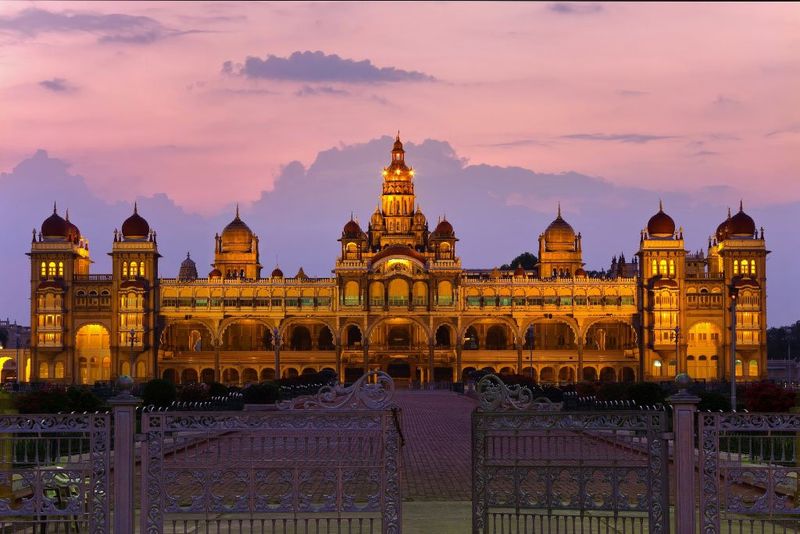
Mysore Palace, an epitome of Indo-Saracenic architecture, dazzles visitors with its grandeur. Located in Karnataka, India, it serves as a majestic reminder of the Wodeyar dynasty. The palace, illuminated by thousands of lights during festivals, is a sight to behold. However, preserving its intricate designs and rich history amidst growing tourism is challenging. Visitors explore its opulent halls and vibrant paintings. Mysore Palace stands as a testament to India’s royal past, inviting tourists to witness its cultural splendor.
15. Palácio Nacional de Mafra

Located near Lisbon, Palácio Nacional de Mafra is a magnificent example of Baroque architecture in Portugal. Its vast complex includes a palace, basilica, and library. Visitors are captivated by its grandeur and the richness of its interior. However, the challenge of maintaining such a sprawling site is ongoing. The palace is intertwined with Portuguese royal history and the ambitions of King John V. A visit offers insights into the era’s architectural prowess and cultural heritage, making it a must-see destination.
16. Sanssouci Palace
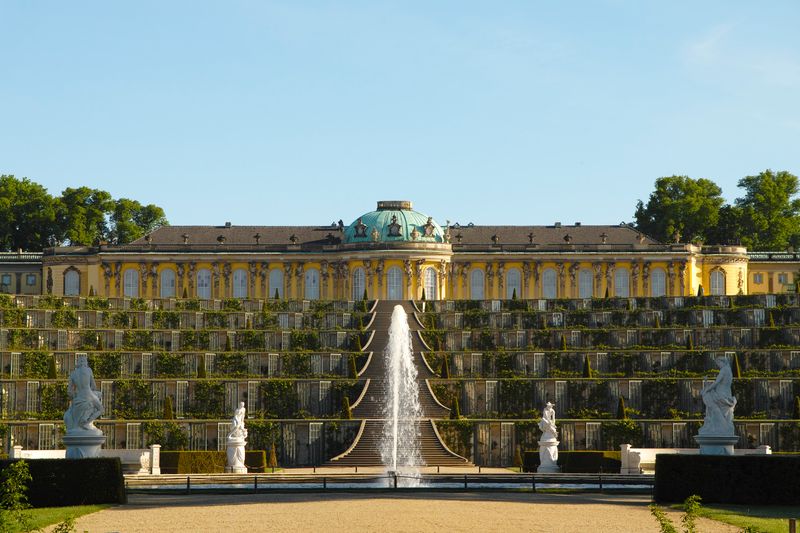
Sanssouci Palace, the former summer residence of Frederick the Great, is a gem of European rococo architecture. Nestled in Potsdam, its terraced gardens and opulent rooms reflect the king’s taste and philosophy. Visitors enjoy its harmonious blend of nature and architecture. However, balancing visitor interest with preservation efforts is crucial. The palace is a symbol of Prussian history and culture, offering a serene retreat from urban life. A walk through Sanssouci is a poetic journey through art and history, captivating all who visit.
17. Rundāle Palace
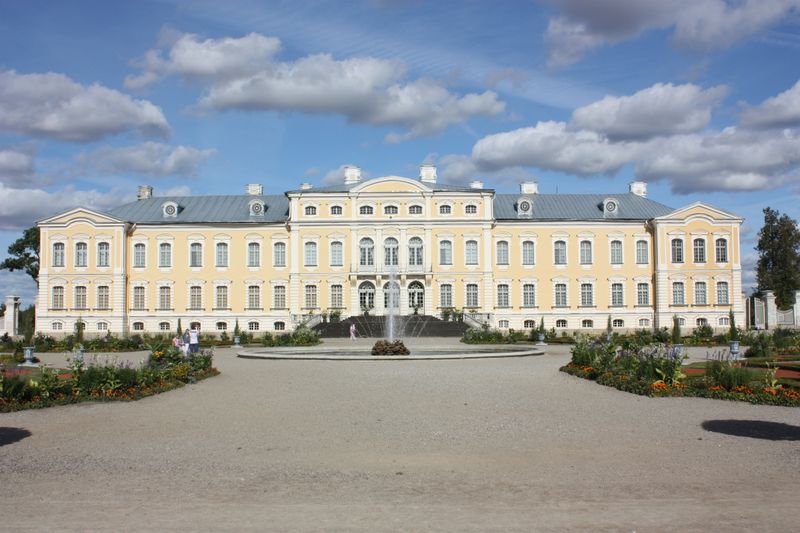
Rundāle Palace, located in Latvia, is an exquisite example of Baroque architecture. Built in the 18th century, it stands as a testament to the opulence of the era. Walking through its lavish halls, one can’t help but marvel at the grandeur of the frescoed ceilings and ornate chandeliers.
The palace is surrounded by immaculately designed gardens, offering a serene escape from the bustling world. Each room tells a story, from the grand ballroom to the intimate private chambers.
Did you know? Rundāle Palace was designed by Bartolomeo Rastrelli, the same architect behind the Winter Palace in St. Petersburg.

